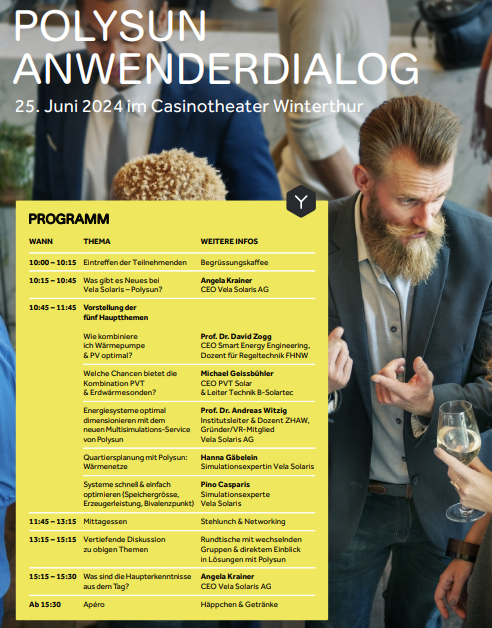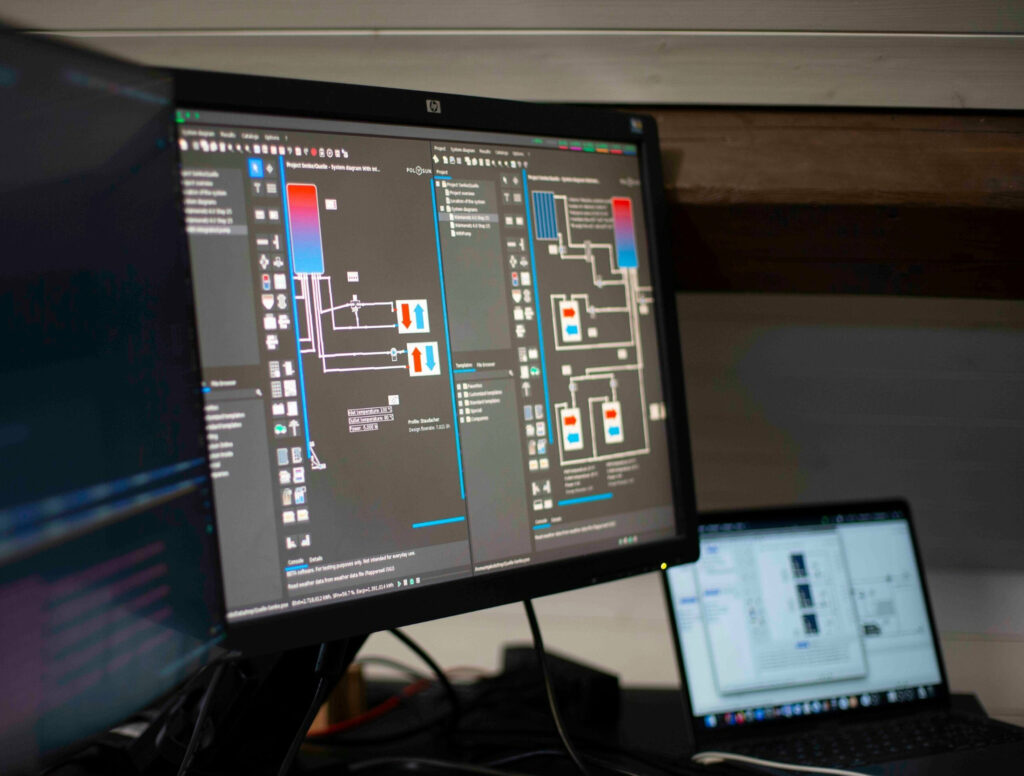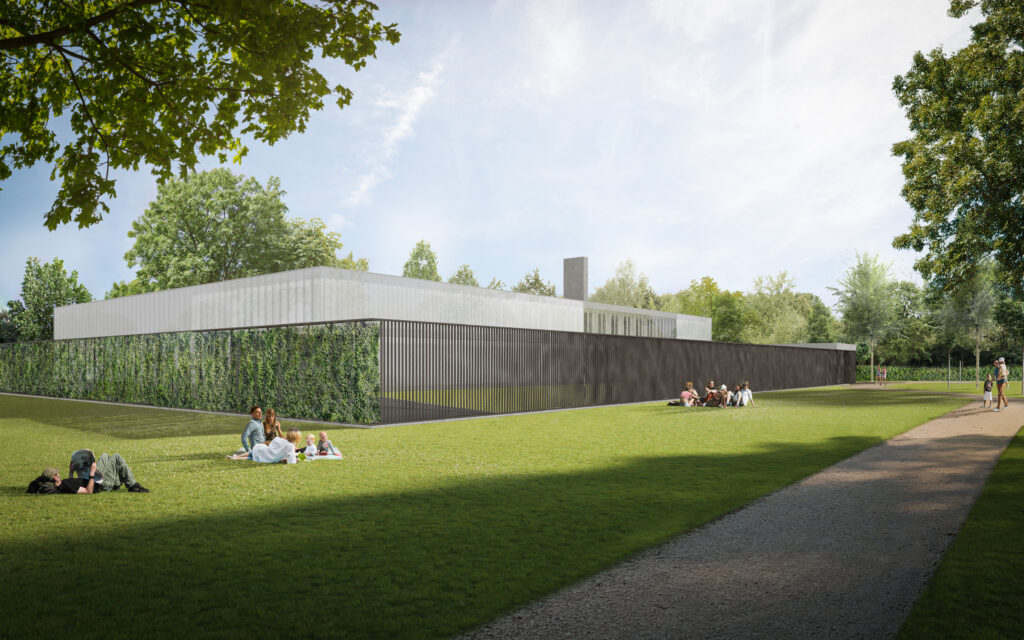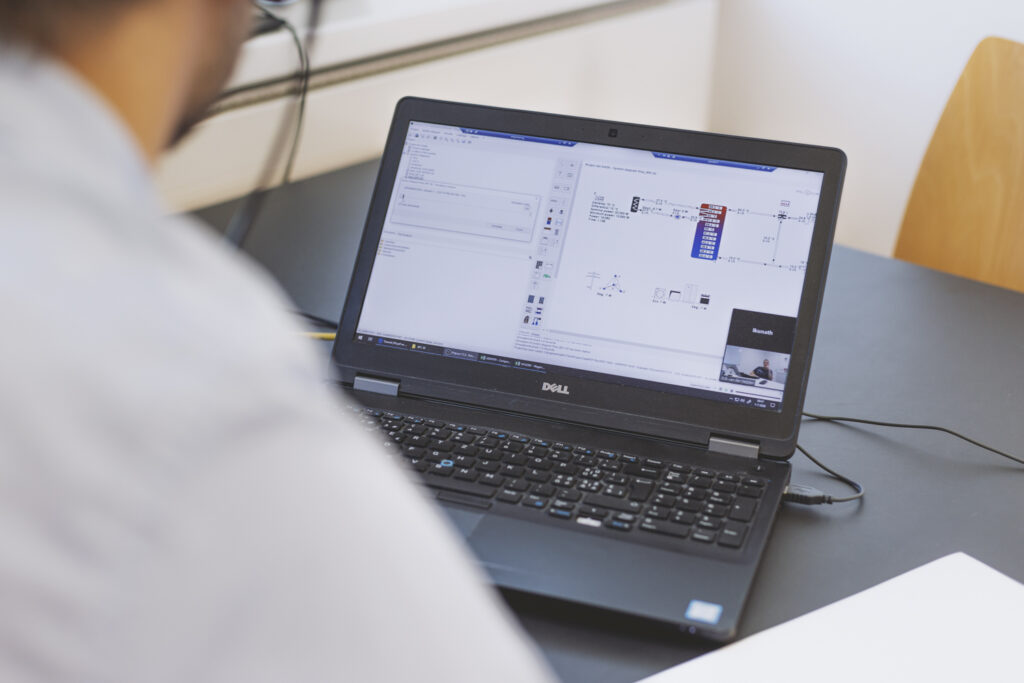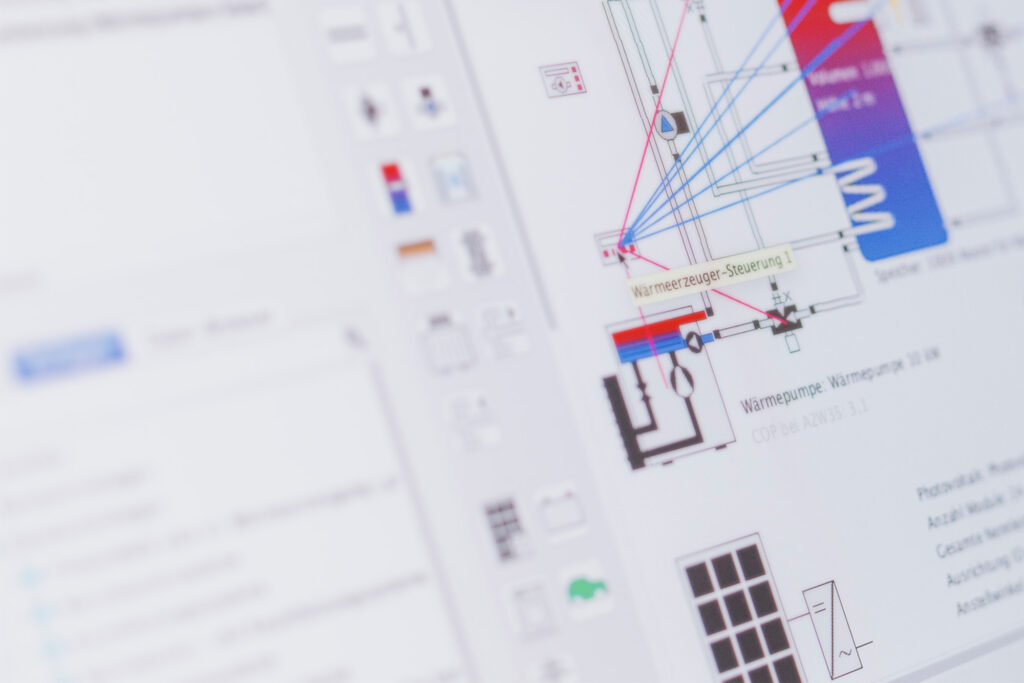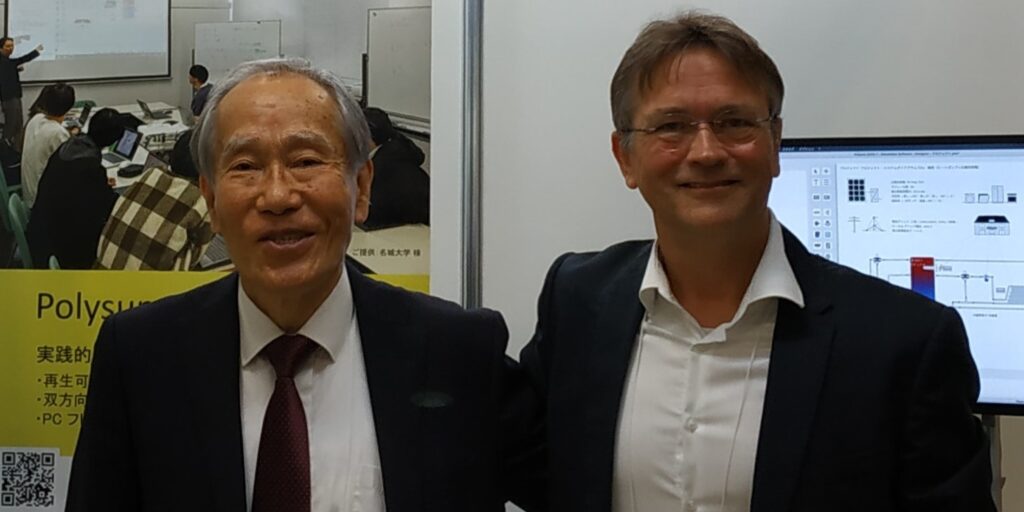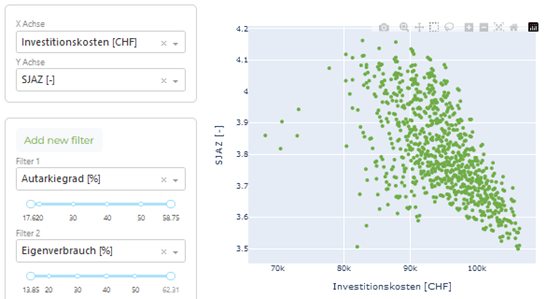Energiesysteme zuverlässig und ganzheitlich planen
Für Gebäude und Quartiere mit Zukunft
mehr erfahren Aktuelle StellenEnergiesysteme zuverlässig und ganzheitlich planen
Für Gebäude und Quartiere mit Zukunft
mehr erfahren Aktuelle StellenEFFIZIENTER PLANEN-
KUNDEN ÜBERZEUGEN
Polysun ist die leistungsstarke Softwarepalette für die simulationsgestützte Planung, Auslegung und Optimierung von ganzheitlichen Energiesystemen für Gebäude und Quartiere.
Mit der Präzision von Polysun und mit Vela Solaris als kompetentem Servicepartner beherrschen Sie die Komplexität gekoppelter Energiesysteme in kürzester Zeit und überzeugen so Ihre Kunden nachhaltig.
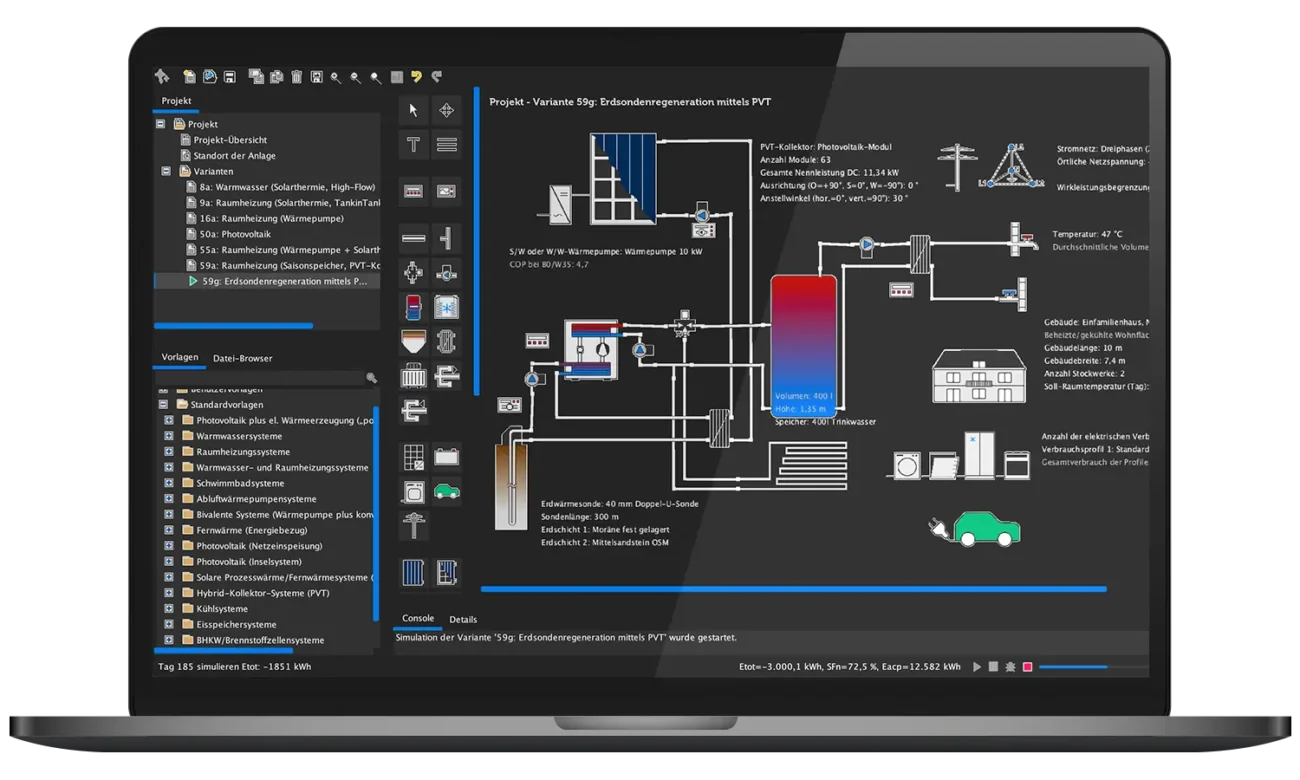
Smarte Software für
smarte Energiesysteme
Mit Polysun erhalten Ihre Angebote und Energiekonzepte mehr Überzeugungskraft, Ihre Planung mehr Transparenz und Ihre Energiesystemsimulationen mehr Präzision. Polysun lässt Sie auch die komplexesten gekoppelten Energiesysteme spielend leicht beherrschen.
Zur Software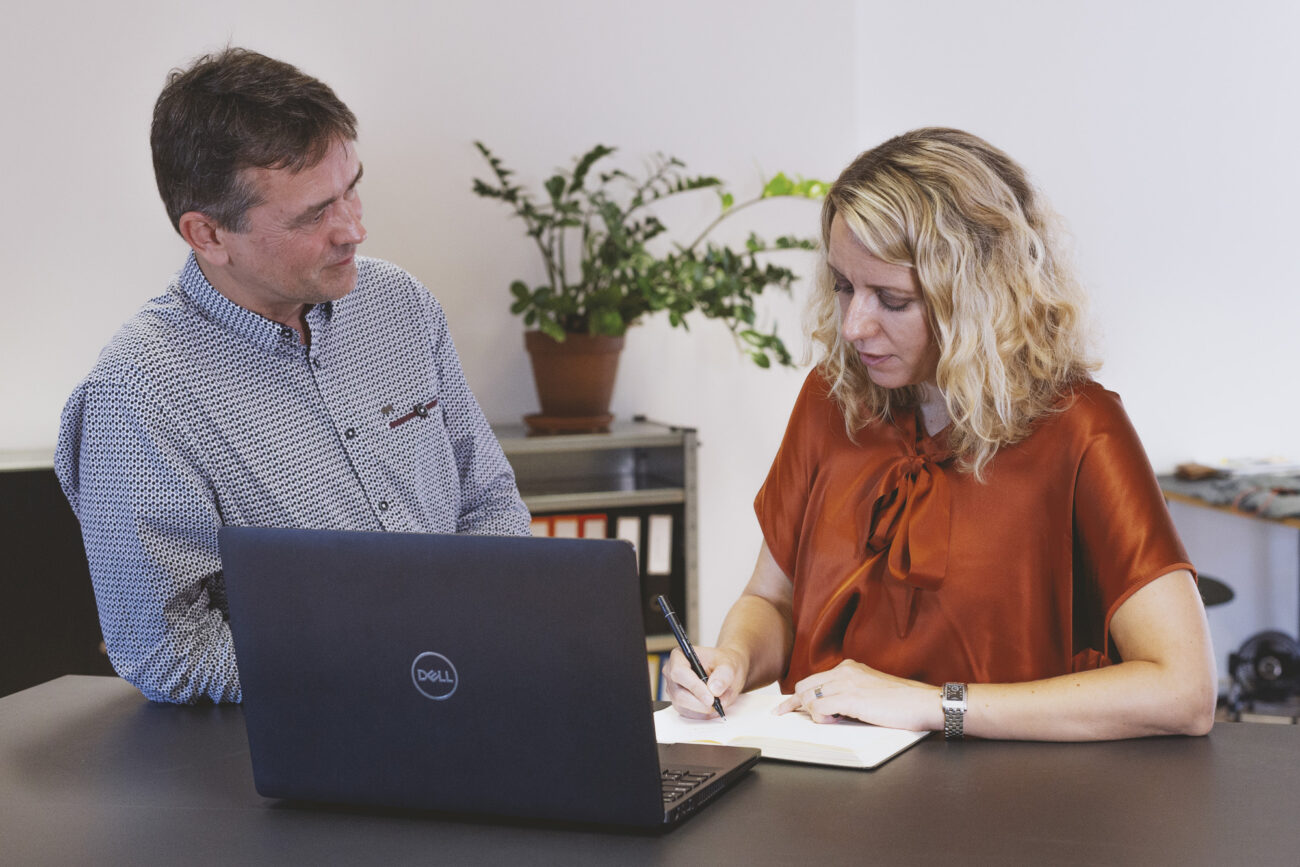
FACHKOMPETENZ AUFBAUEN – ODER BEQUEM NUTZEN
Lernen Sie in unseren Schulungen, wie Sie Polysun optimal einsetzen, lagern Sie Ihre Energiesystemsimulationen bequem an uns aus oder lassen Sie Ihre Produkte und Energiekonzepte als Vorlagen direkt in die Software integrieren. Als Kompetenzzentrum für Energiesystemsimulation stehen wir Ihnen für Ihr Projekt zur Verfügung.
Zu den Webinaren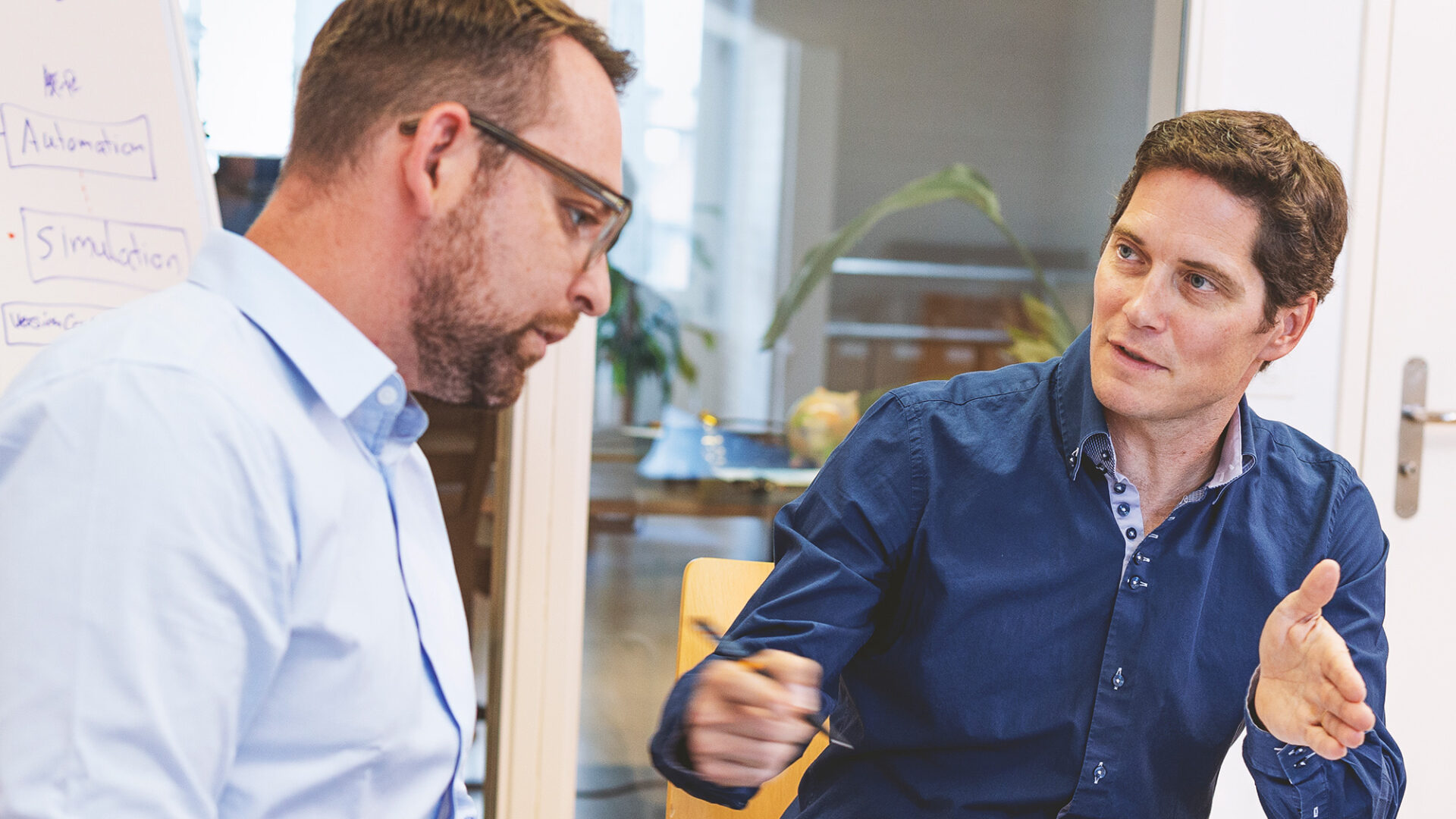
LERNEN SIE IHRE EXPERTEN BEI VELA SOLARIS KENNEN
Vereinbaren Sie eine unverbindliche Beratung und lassen Sie sich per Screen-Sharing bequem vom Arbeitsplatz aus in die Möglichkeiten von Polysun einführen.
Termin Buchen



